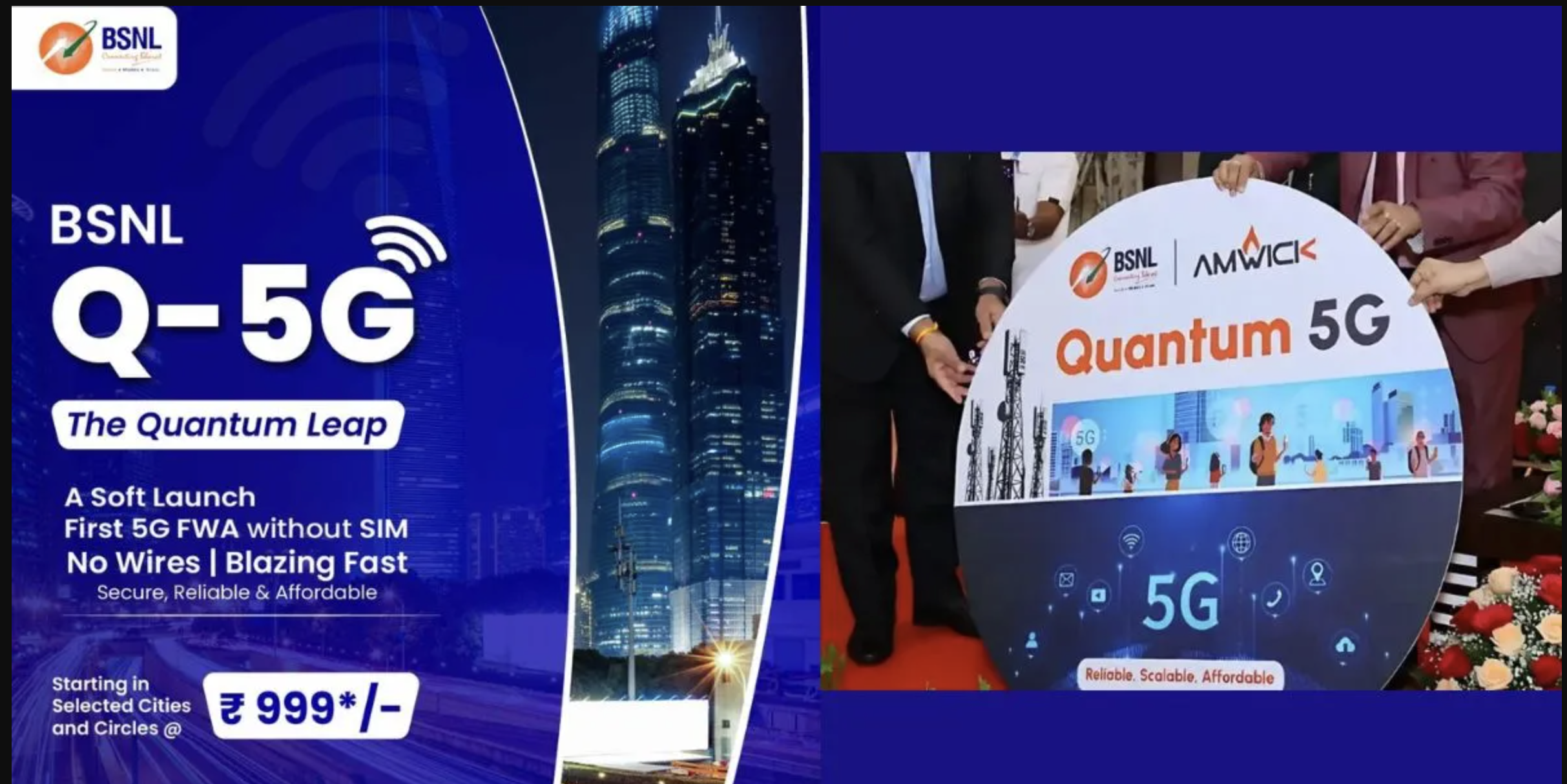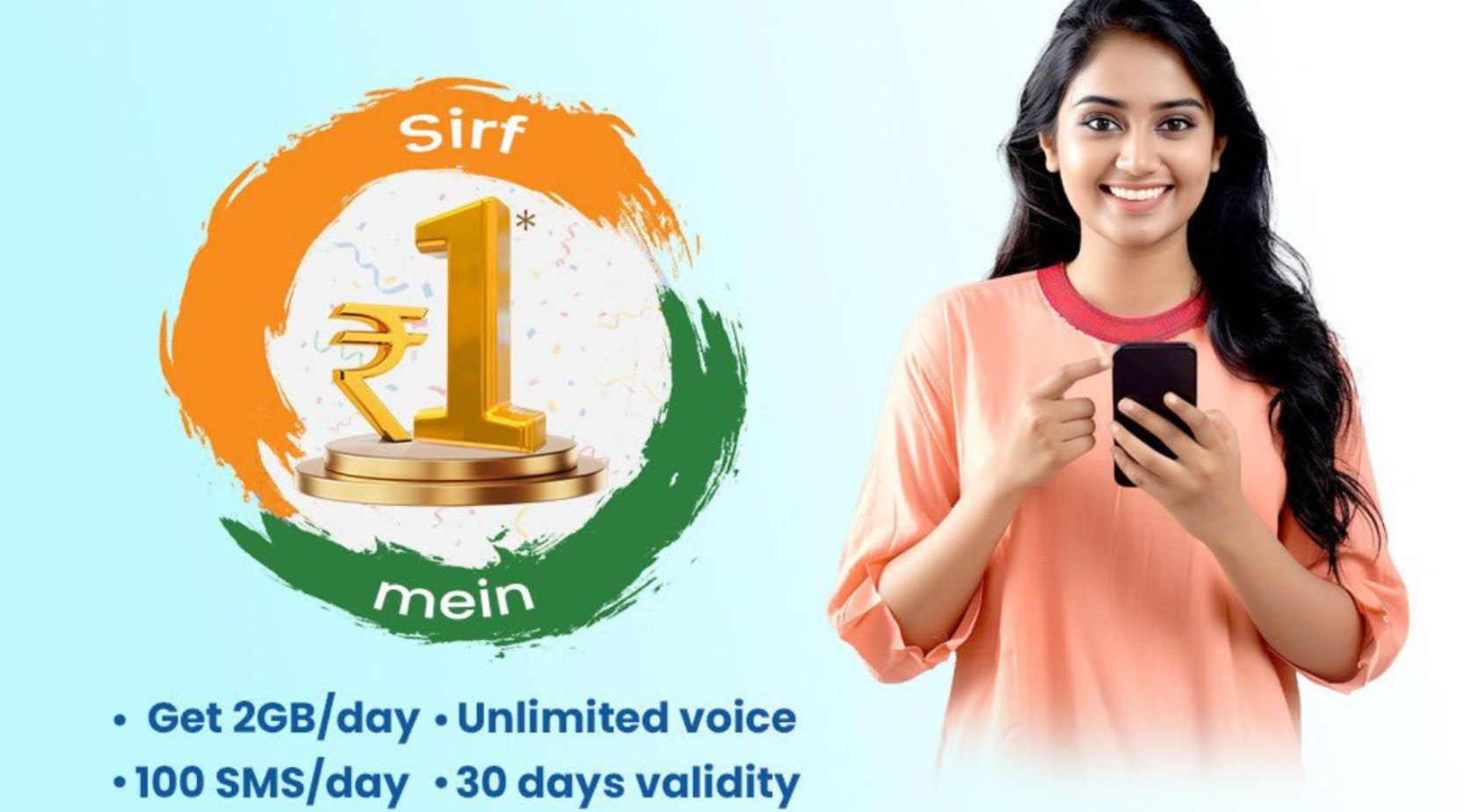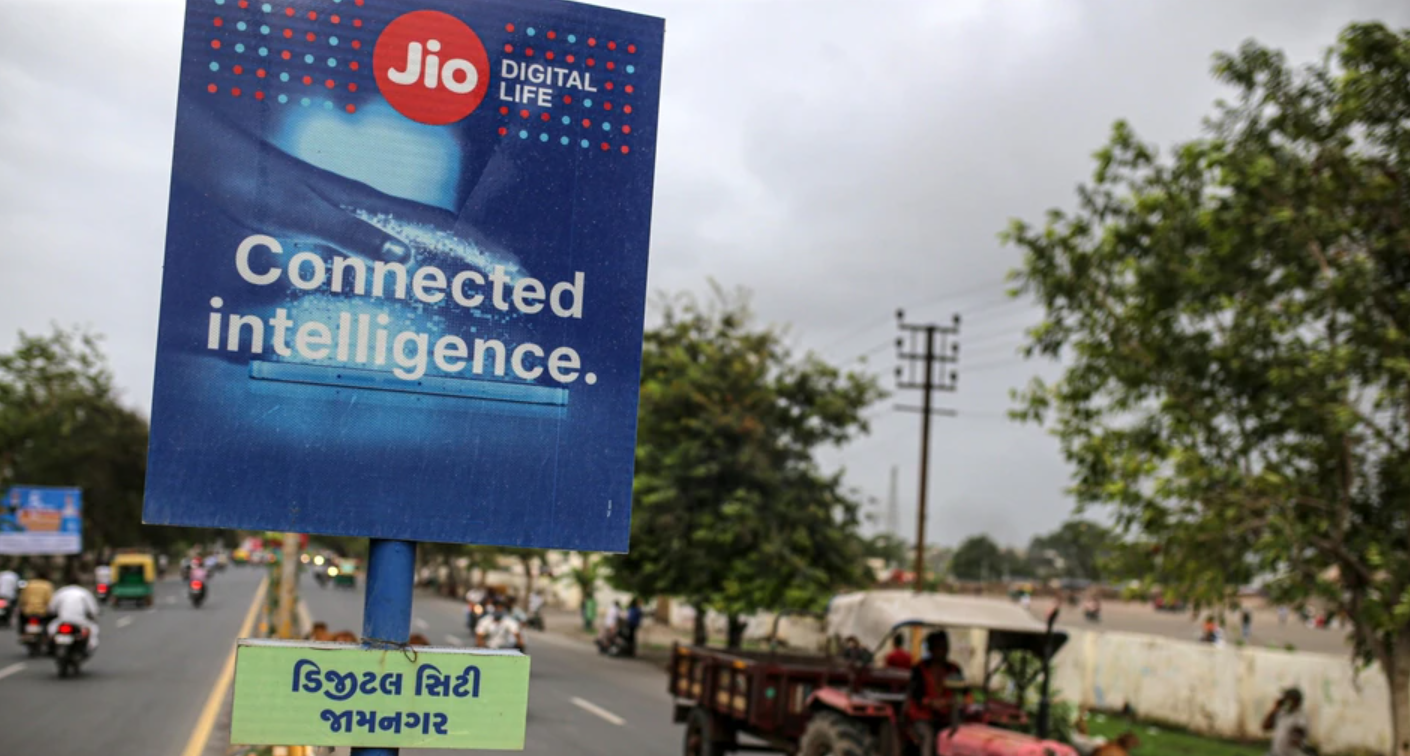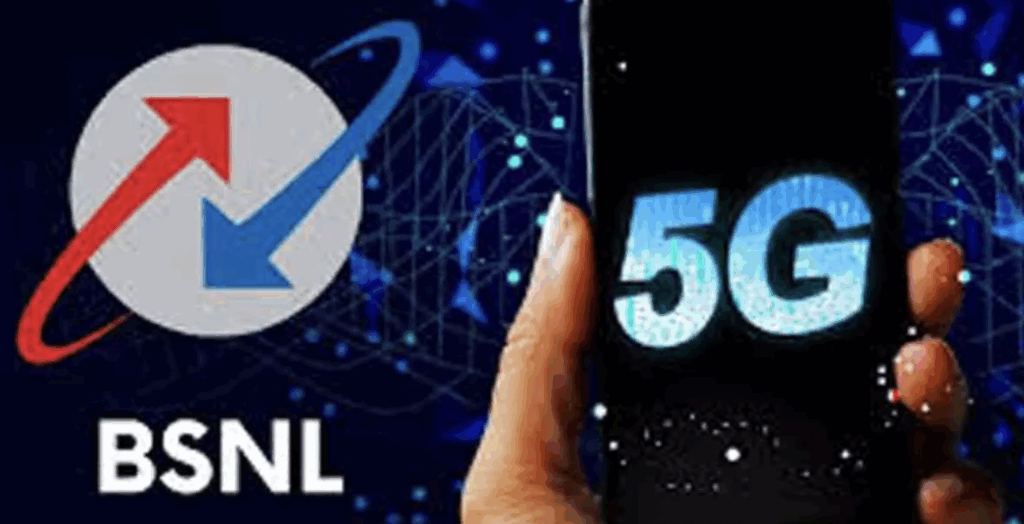Bharti Chairman Sunil Mittal recently announced that OneWeb’s satellite service is fully prepared to launch, pending government approval. With two Satellite Network Portals (SNPs) in place and successful tests conducted in challenging terrains like the Himalayas and deserts, OneWeb is set to provide vital connectivity, particularly in remote and inaccessible areas across India.

The State of Readiness
OneWeb, a leading satellite communications company backed by Bharti Enterprises, is poised to launch its satellite services in India. Sunil Mittal emphasized that the infrastructure is already in place, with two SNPs ready to be activated—one in the southern and the other in the northern part of the country. These portals are essential for managing and controlling the satellite networks that will deliver high-speed internet services across India.
Successful Proof of Concept
To ensure the reliability and effectiveness of the service, OneWeb has conducted rigorous testing in some of the most challenging environments in India. These tests were carried out in the remote Himalayas and arid deserts, where traditional connectivity options are often unreliable or unavailable. The results have been promising, demonstrating that OneWeb’s satellite service can provide consistent and high-quality connectivity even in the most difficult terrains.
The Waiting Game: Government Approval
Despite the readiness of the infrastructure and successful test results, OneWeb’s commercial launch is currently on hold, awaiting approval from the Department of Telecommunications (DoT). Mittal expressed optimism that the necessary permissions would be granted soon, noting that the Department has already referred the matter to the Telecom Regulatory Authority of India (TRAI) for consultation. He also mentioned that OneWeb has offered to comply with any interim decisions, hoping to expedite the approval process.
The Importance of Accelerated Approval
Mittal highlighted the critical need for OneWeb’s satellite service, especially in remote and underserved areas where conventional telecom infrastructure is inadequate. The service is not only expected to benefit civilian populations but also has significant potential for government agencies, including the army and navy, in these regions. Accelerating the approval process would enable OneWeb to begin providing these essential services sooner, contributing to national connectivity goals.
Conclusion
OneWeb’s satellite service represents a significant advancement in bridging the digital divide in India, particularly in remote and inaccessible areas. With all the necessary infrastructure in place and successful testing completed, the company is now eagerly awaiting government approval to commence commercial operations. The launch of this service could play a pivotal role in enhancing connectivity across the country, supporting both civilian and government needs.














